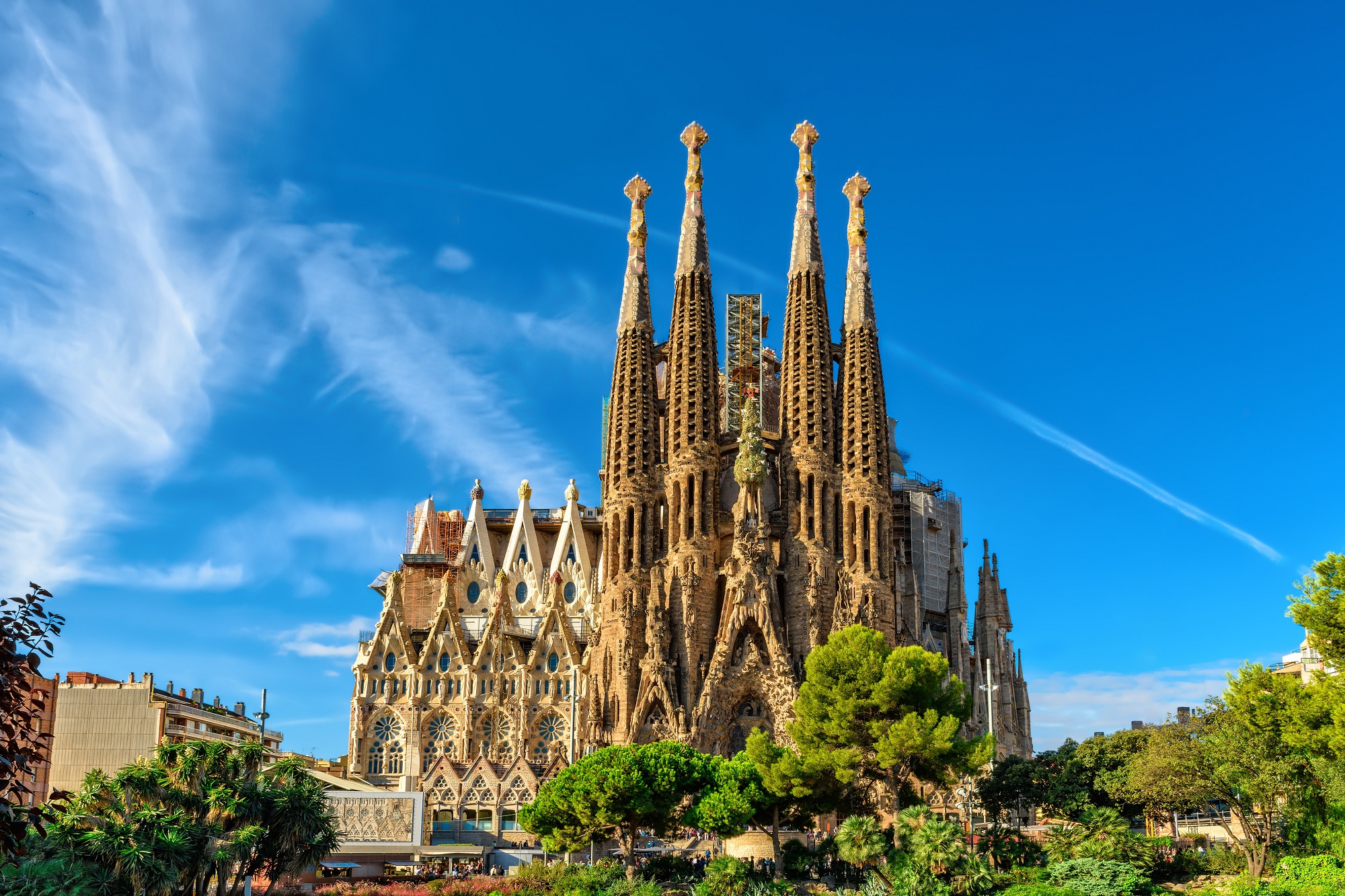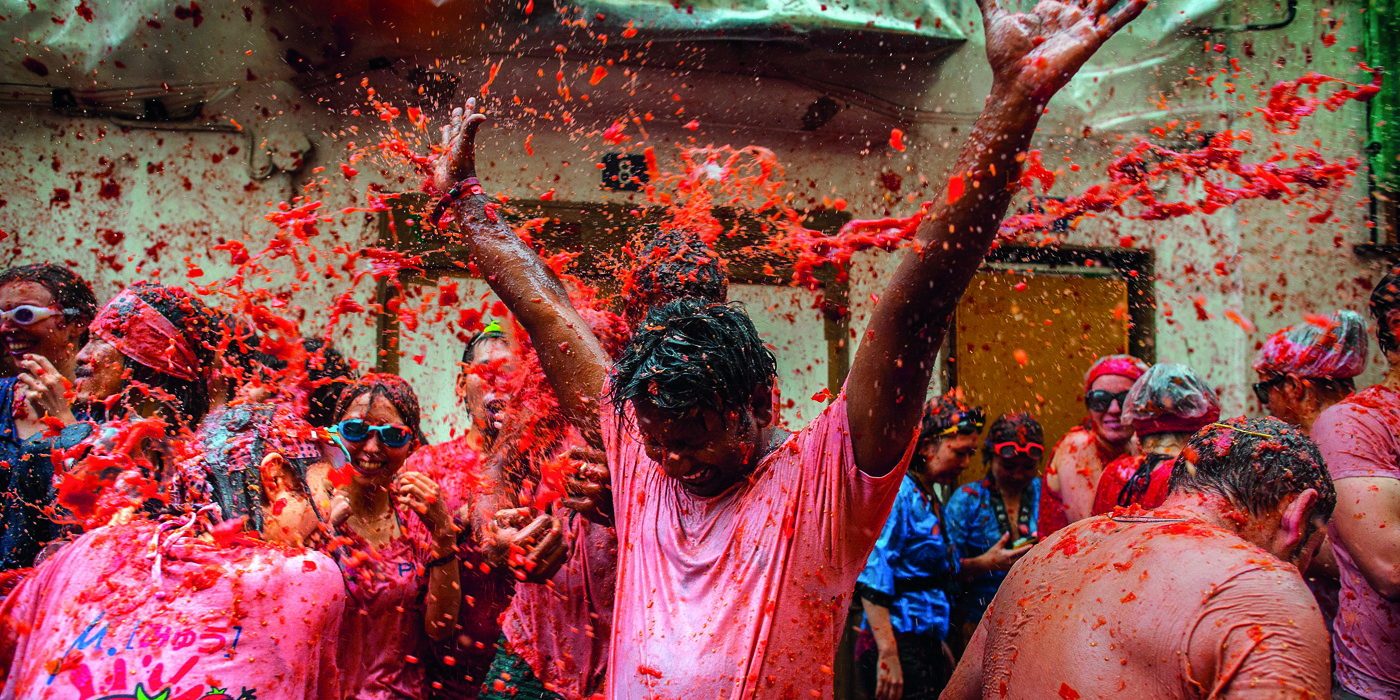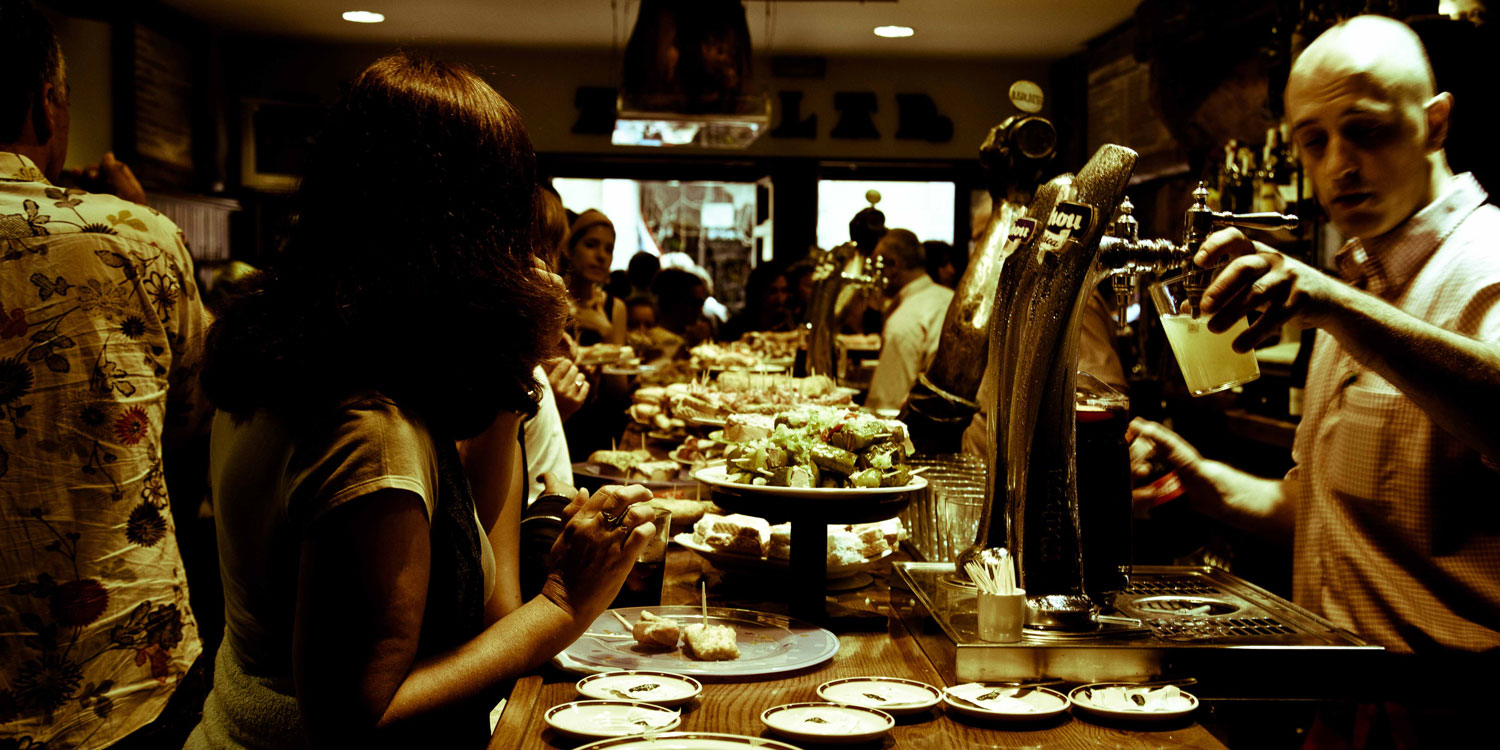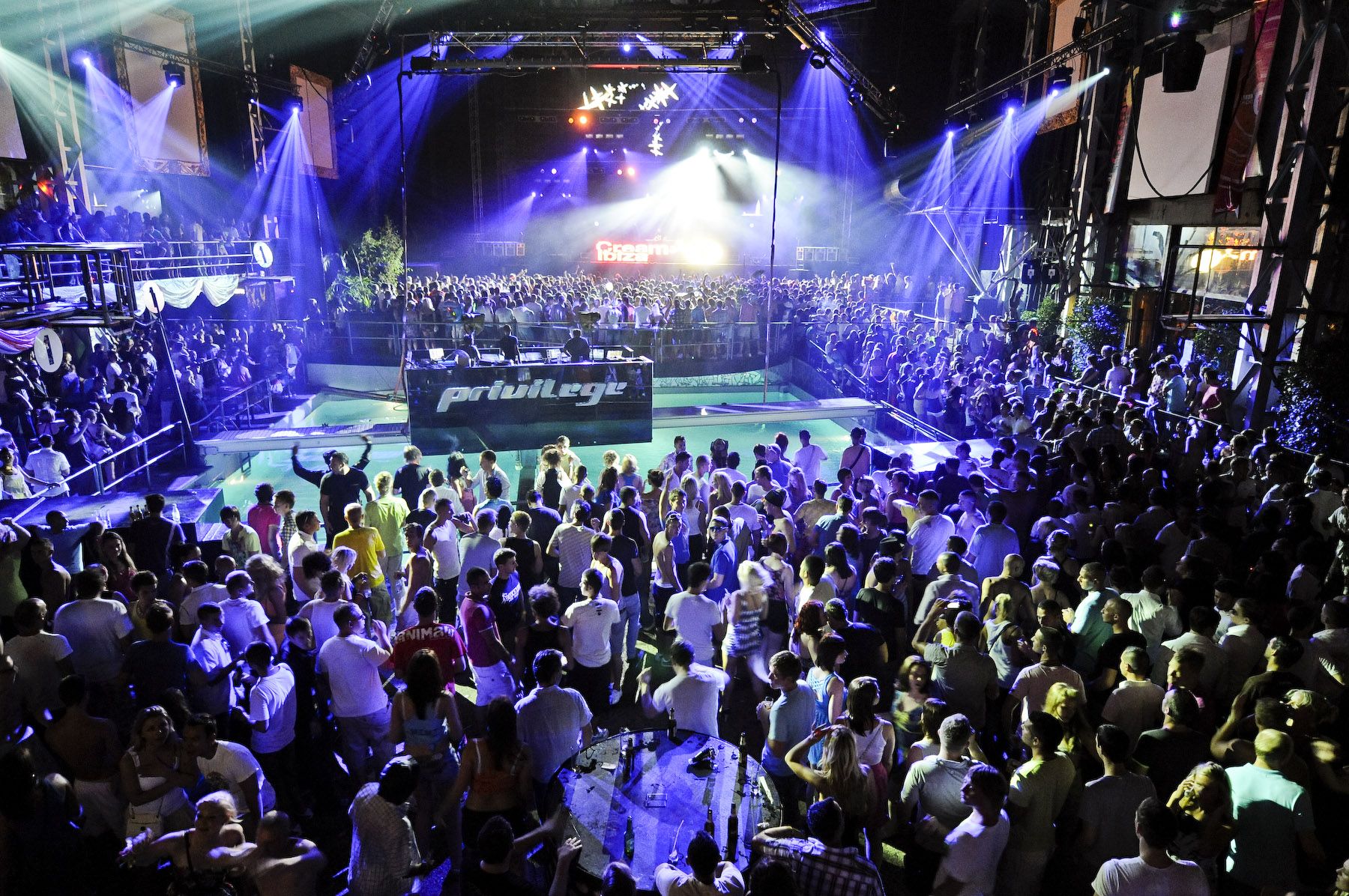
Spain Travel Guide
Vibrant cities, warm sunshine, yummy tapas,

Language
Currency
Weather
Travel tips and insider advice that have made the most difference to us, sourced from our
community of like-minded travellers and global experts.

Recommended by A Little Adrift
Shannon O’Donnell launched A Little Adrift as a way to share her journey. The site has become a resource spot for other round the world travelers. National Geographic named O’Donnell a 2013 Traveler of the Year, and her work has been featured on Canada’s Globe and Mail, BBC Travel, USA Today, Lonely Planet, and Cosmopolitan Italy magazine, among other places.

Recommended by Nomadic Matt
Matt Kepnes, aka Nomadic Matt, has travelled to nearly 100 countries. He shares proven tips and advice on his website which has been featured on major media sites including the New York Times, the BBC, Lonely Planet, National Geographic, The Independent, The Huffington Post, The Guardian, and TIME magazine.

Recommended by Wild Junket
Nellie is an adventurer travel blogger who has been travelling the world since 2013. Wild Junket is an award-winning travel resource that has been featured on BBC Travel, National Geographic, and Lonely Planet among others.

Recommended by Spaghetti Traveller
Spaghetti Traveller is an award winning couples travel blog by Tom Bourlet and Raquel Mitchell that shares their adventures around the world, as well as advice and tips on where to go.

Recommended by Veebrant
Veebrant is a boutique travel publication specializing in helping travellers experience Spain's true identity, and shares a wealth of inspiration and useful tips for your next trip.
Nobody wants to be a tourist. Here are curated experiences in art, music, food, culture and communities
to help you have an authentic and memorable trip.
See all our departures to Spain. Choose from a wide variety of travel styles, hundreds of departure dates and budget choices.
Be part of something special
Be the very first to hear about new trips and special discounts (get up to 15% off on regular prices!). Get exclusive tools and expert advice to keep you inspired and help you travel better.It's completely free!
Join our Whatsapp group Get a Byond account
